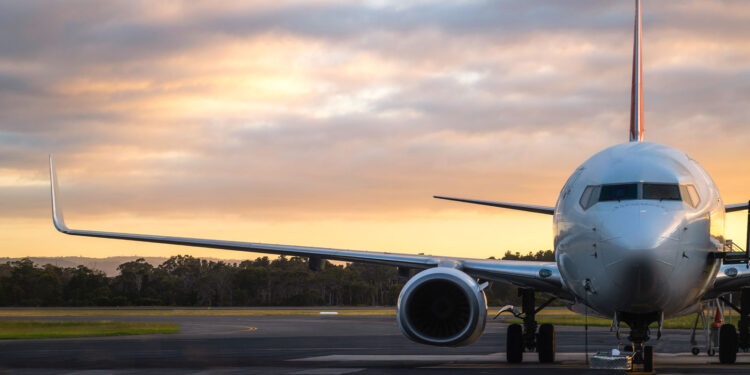All About Arranging Ground Handling and Related Services in Australia (Part 2 of 2)

This business aviation blog post is part of a series on operating in Australia.
Last week, we discussed the process for arranging ground handing, fuel, and clearing customs in Australia. Continuing from that article, here is some additional information you need to know before arranging ground handling and other ground services in Australia.
1. Operating curfews in Australia
It’s best practice to review all curfew requirements in advance with your ground handler or 3rd-party provider. Sydney (YSSY) and Adelaide (YPAD), for example, have a 2300-0600 local curfew and restrict certain aircraft from operating during these times. Propjets are permitted to operate during curfew hours, together with business aviation aircraft on exempted lists. For YPAD, ‘exempted’ aircraft may operate normally during curfew hours. At YSSY, exempted aircraft may only use one runway arriving from the south and departing to the north during curfew hours to avoid flying over the city. This can be problematic when dealing with unfavorable winds/crosswinds, and you occasionally may have to divert. Knowingly breaching a curfew without approval will result in a 500,000-Australian-dollar fine. Stage 2 aircraft are not automatically permitted to operate in Australia. Even upgraded Stage 2 aircraft (hush kitted to Stage 3) must apply for a waiver to operate into five major Australian cities, while operations are permitted to other destinations.
2. Airport and runway work
Currently, there’s no major airport construction scheduled during 2012 to cause disruptions or operating delays. Brisbane (YBBN) is putting in an additional runway, but this is not expected to cause delays.
3. Extended parking stays and aircraft movement
There is no maximum time limit impacting long-term aircraft parking in Australia. If you’re operating a large aircraft (BBJ or larger), extended aircraft parking may be more challenging to arrange.
Your ground handler or the airport authorities will notify you before an aircraft is moved. It‘s not required for crew to be on hand when aircraft are moved, but crew can be present if they wish.
4. In-flight caterers are available at all major Australian airports
Major airports in Australia have at least two in-flight caterers available. Menus can be sent to operators on request. At smaller airfields, or depending upon passenger preference, catering may be sourced from hotels and restaurants, where your ground handler will assist with the requests and delivery.
5. Transportation vendors may be able to pick up/drop off planeside
Private vehicles are allowed on airport ramps in Australia with appropriate authorization and passes. Ground handlers can assist with necessary paperwork and airside passes. It’s not a problem having a vehicle pick you up planeside when operating domestically, or, in the case of international arrivals, when customs clearance is accomplished onboard. If arriving at YSSY, where customs is cleared in the FBO, planeside local- transportation pick up is not an option.
6. Rental cars can be a good option
Because it’s usually an easy road commute from an Australian airport into town, many flight crews do arrange rental cars. Rental cars must generally be picked up at the terminals as rental companies prefer not to deliver cars to Fixed Base Operators (FBOs). Your ground handler will take you to the rental-car facility. In order to reserve a rental car, full name, driver’s license, and credit card number are required.
Conclusion
Work with your 3rd-party provider to fully understand special procedures when operating to Australian airports. In addition, bear in mind that violating an airport curfew or arriving in Australia without a visa can be very expensive mistakes. Taking these measures will help you ensure a successful trip.
Questions?
If you have any questions about this article, contact me at christinevamvakas@univ-wea.com.
Later, we’ll discuss tips for arranging airport slots in Australia.




